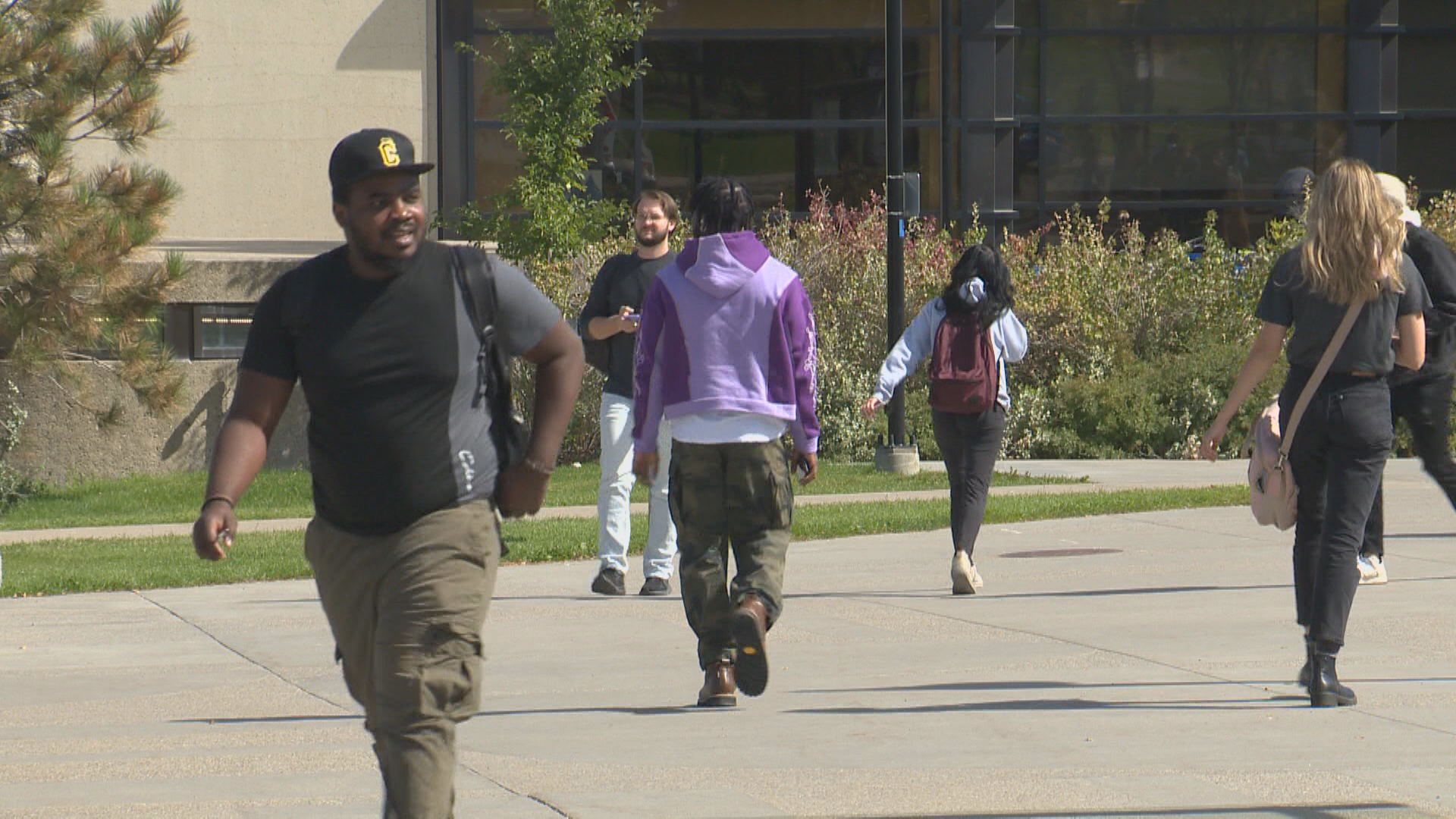2024 marked a year of significant transformation and growth for post-secondary education in Lethbridge, Alberta. Lethbridge College officially transitioned to Lethbridge Polytechnic in September, a move that President and CEO Brad Donaldson described as a recognition of the institution’s existing polytechnic identity rather than an aspiration towards a new one. This rebranding, including a new logo, represented the most substantial change for the institution. While the core educational offerings and experience for students and staff remain consistent, the redesignation signifies a broader recognition of the institution’s focus on applied learning and industry connections. This evolution positions Lethbridge Polytechnic for continued growth and relevance in the evolving landscape of post-secondary education.
Meanwhile, the University of Lethbridge, while maintaining its existing brand, embarked on significant advancements of its own. The establishment of the South Alberta Medical Training Program (SAMP) is a landmark achievement. This program aims to train doctors locally, fostering retention within the city and elevating the university’s profile. The initiative responds to a critical need for physicians in the region and strengthens the university’s contribution to healthcare education and the overall community well-being. The program’s development and implementation are central to the university’s strategic priorities for the foreseeable future.
Despite these positive developments, 2024 presented challenges for both institutions, primarily stemming from the federal government’s new limitations on foreign workers. This policy change has had a noticeable impact on international student enrollment, a vital source of revenue and diversity for Canadian post-secondary institutions. The decline in new international students poses financial challenges and may necessitate program adjustments at Lethbridge Polytechnic to adapt to the shifting enrollment landscape. President Donaldson acknowledged the need for careful evaluation and potential program modifications to address the challenges posed by reduced international student numbers.
The University of Lethbridge also experienced the effects of the new immigration policies, with President Digvir Jayas noting a decline in new international student applications. This decline raises concerns not only for individual institutions but also for Canada’s reputation as a welcoming and desirable destination for international students. The long-term ramifications of these policy changes remain uncertain, but their impact on the financial stability and cultural diversity of Canadian universities is a significant concern.
Amidst these challenges, the University of Lethbridge experienced a positive outcome with its largest-ever open house, indicating continued strong interest from prospective students within Canada. This success underscores the importance of engaging prospective students and showcasing the value of a university education. Both institutions remain optimistic about 2025, anticipating further growth and development despite the lingering challenges. Lethbridge Polytechnic plans to launch a new strategic framework focusing on student experience, dynamic programs, employee culture, and community connections.
The University of Lethbridge will also launch a strategic plan informed by extensive community, staff, and student feedback. This engagement reflects the university’s commitment to responsiveness and community integration. While acknowledging the unpredictable nature of the future, both institutions emphasize the importance of adaptability and strategic planning to navigate the evolving landscape of post-secondary education. The focus on student experience, program development, and community engagement positions both Lethbridge Polytechnic and the University of Lethbridge to address future challenges and continue their contributions to the educational and economic development of the region. The year 2024 underscored the dynamic interplay of opportunities and challenges in higher education and set the stage for continued evolution in the years to come.

